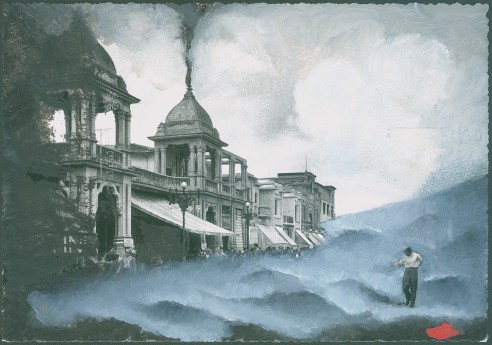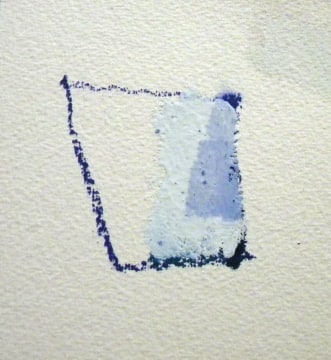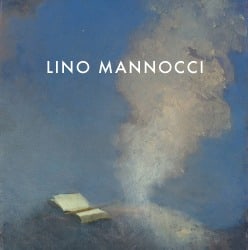
Born in Viareggio, Italy in 1945, Lino Mannocci moved to London to pursue his studies as an artist in 1968. He attended the Camberwell School of Art and Slade School of Art earning his postgraduate degree in printmaking in 1974. Upon graduation, Mannocci ran a commercial print workshop and simultaneously formed an active career as an artist. In the late 1970’s, he became a charter member of Metacosa artists’ movement and by the early 1980s, Mannocci was regularly exhibiting his work at galleries throughout Europe. These included the Curwen Gallery in London, the Greiser Gallery in Heidelberg, Galleria Ghelfi in Vicenza and Studio Steffanoni in Milan. Since then, his work has acquired international recognition and has found itself in many galleries and public collections across the globe including “Nature morte” New Delhi, the British Museum in London, the Altonaer Museum in Hamburgh, the Julie Saul Gallery in New York, and the P.Iannetti Gallery in San Francisco. He currently lives and works in London and Montigiano, a small hilltop village in Italy just outside his birthplace.
In his artwork, Lino Mannocci creates imaginary scenes that are often mythic and oneiric in subject matter. He uses a limited palette in oil paint, but opens himself to a range of other media which often include monotype and the treated postcard. Mannocci’s range in media is deliberate. He uses their variety in texture to create formal and emotive meaning. Textures dictate space on the canvas creating both autonomy and interdependence. Together, the media construct an image that has a distressed and decaying quality on the surface suggesting memory or rather, of something lost. Similarly, his narratives seem incomplete. Mannocci often depicts mythical and religious figures like Ganymede or the archangel Gabriel; however, he does not include all the figures of the narrative, instead offering lost scenes from a known story. This ambiguity is an integral part of the viewers own experience with the images. Each viewer brings levels of experience from other contexts to bear, however when looking at an image, the viewer is not so much provided with a definitive understanding as much as he is offered a journey into possibility.


